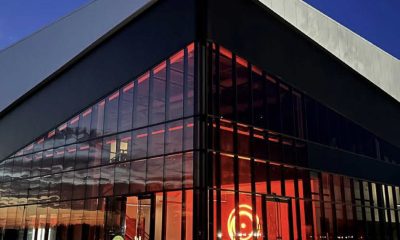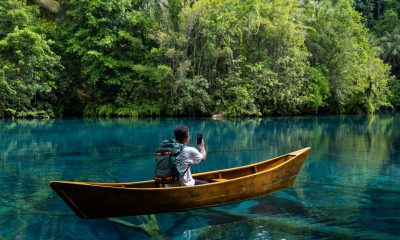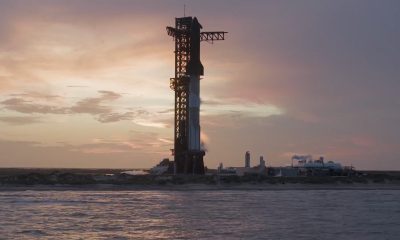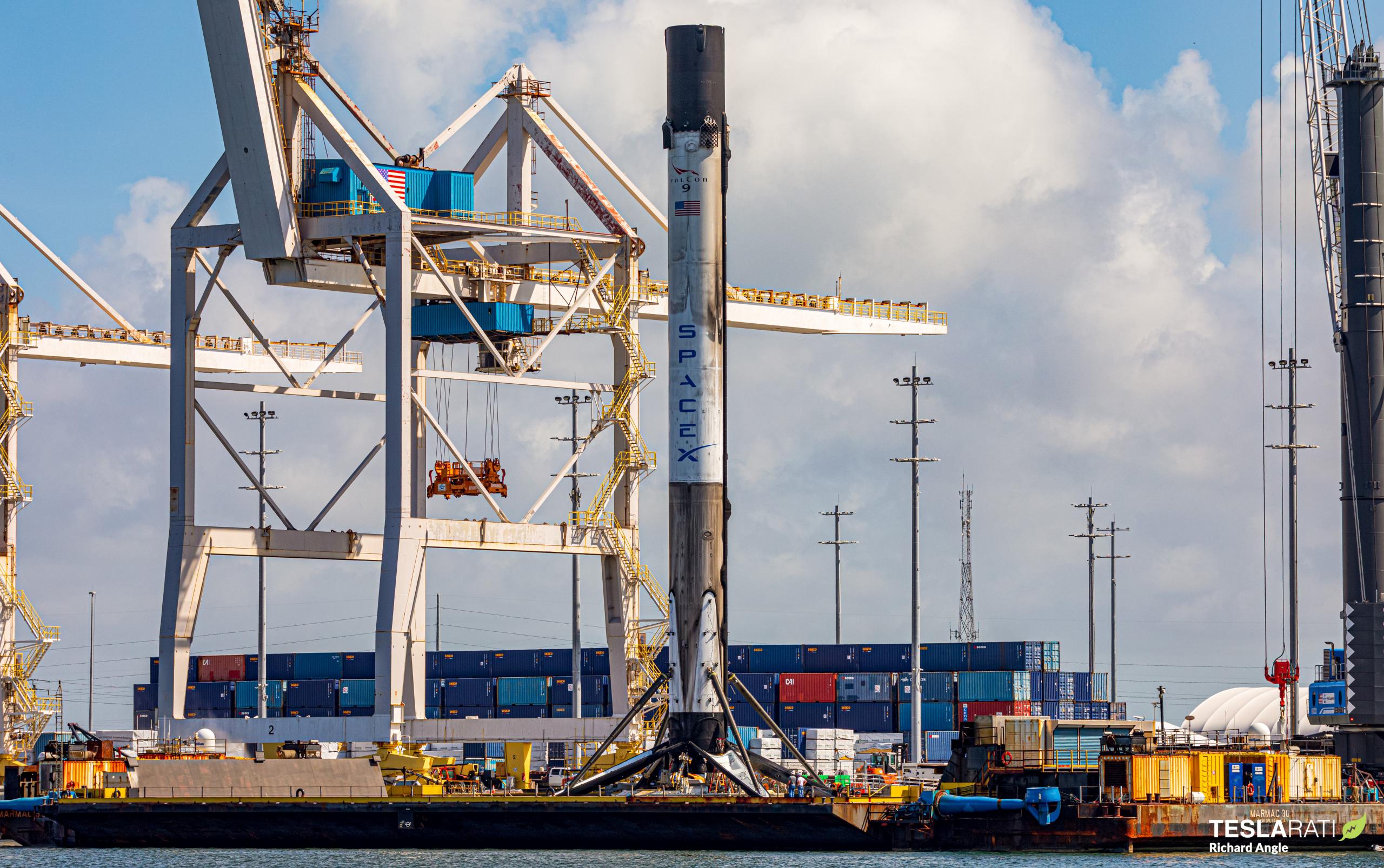
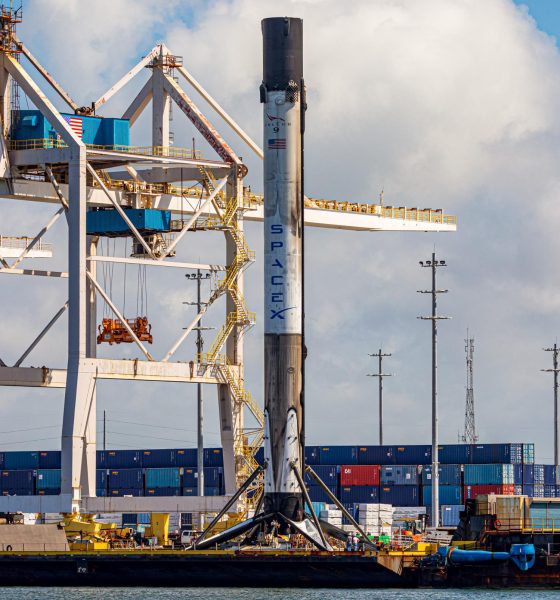
News
SpaceX outfits drone ship for Panama Canal transit after 45th booster recovery
Just a few hours after returning to Port Canaveral, SpaceX lifted Falcon 9 B1067 off of drone ship Of Course I Still Love You’s (OCISLY) deck, completing the vessel’s 45th successful East Coast booster recovery.
Minutes later, SpaceX began loading unusual hardware onto the drone ship and it soon became clear that preparations were underway to transport OCISLY from Florida to California. Just an hour or two after B1067 was craned onto dry land, SpaceX began removing OCISLY’s water ballast and installing bumpers on the corners of the drone ship’s ‘wings,’ potentially indicating that the company’s plans to begin West Coast Starlink launches as early as July may actually be within reach.
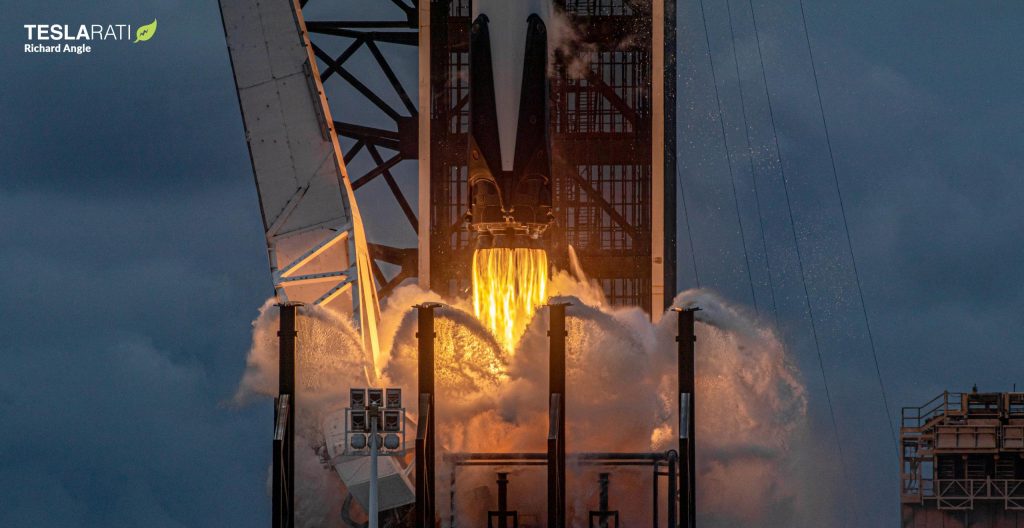
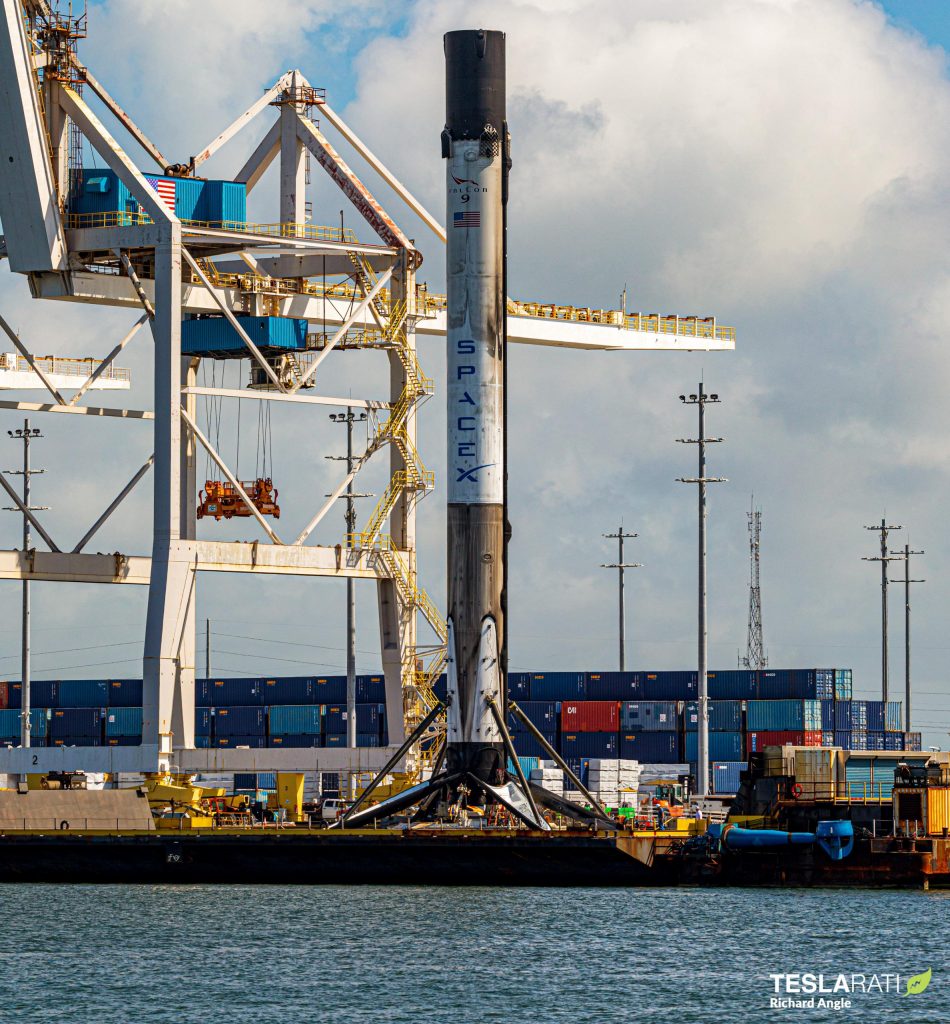
As of 5pm EDT, June 7th, most of OCISLY’s ballast has now been drained and three of four bumpers have been installed, suggesting that SpaceX intends to send the drone ship west in a matter of days. OCISLY wont be the first SpaceX drone ship to transit the Panama Canal – Just Read The Instructions (JRTI) had the honor of completing the latest transit in August 2019.
JRTI had both ‘wing’ extensions removed and stored on its deck during that transit, adding several months of work for removal and reinstallation. However, the installation of bumpers on OCISLY’s wings implies that that the drone ship will be transiting the Panama Canal with its wings installed, potentially dramatically reducing the amount of time the process takes. Given that OCISLY is already an operational drone ship with dozens of booster landings under its belt, its entirely possible that SpaceX will be able to kick off West Coast Starlink launches almost as soon as the the vessel arrives at its new home – Port of Long Beach, California.
Using JRTI’s 2019 transit as a rule of thumb, the 8000 km (5000 mi) journey from Cape Canaveral to Los Angeles should take drone ship OCISLY approximately four weeks, give or take a few days. In other words, even if OCISLY somehow ends up taking 50% longer than JRTI, SpaceX could still be able to perform its first dedicated West Coast Starlink launch in late July.
Once SpaceX has a dedicated drone ship in California, the company’s plan is to launch an average of one mission every month from its Vandenberg Air/Space Force Base (VAFB) SLC-4 pad. The vast majority of those missions will carry around 50 Starlink satellites, slowly chipping away at three polar ‘tranches’ made up of approximately 1200 spacecraft – around two years of launches at an average rate of one per month.
SpaceX has been targeting July for its first Vandenberg Starlink launch for several months and recently shipped a well-worn Falcon 9 booster from Florida to SLC-4 to support those plans. A few weeks prior, news broke that SpaceX had leased new berths at the Port of Long Beach for Falcon booster and fairing recovery operations, while the company also recently submitted applications for FCC permits for six polar Starlink launches in the next ~6 months. Altogether, everything is coming together for a potentially unprecedented surge of West Coast SpaceX launches.
Elon Musk
Analyst: Elon Musk’s $1 trillion Tesla pay deal modest against robot market potential
Jonas highlighted Tesla’s longer-term ambitions in robotics as a key factor in his assessment.

Morgan Stanley analyst Adam Jonas, one of Wall Street’s most ardent Tesla (NASDAQ:TSLA) bulls today, has described Elon Musk’s newly proposed $1 trillion performance-based compensation package as a “good deal” for investors.
In a note shared this week, Jonas argued that the package helps align the interests of Musk and Tesla’s minority shareholders, despite its shockingly high headline number.
Future market opportunities
Jonas highlighted Tesla’s longer-term ambitions in robotics as a key factor in his assessment. “Yes, a trillion bucks is a big number, but (it) is rather modest compared to the size of the market opportunity,” Jonas wrote. He added that the humanoid robot market could ultimately surpass the size of today’s global labor market “by a significant multiple.”
“We have entertained scenarios where the humanoid robot market can exceed the size of today’s global labor market… by a significant multiple,” Jonas wrote, as shared on X by Tesla watcher Sawyer Merritt.
The analyst likened the arrival of AI-powered robotics to the transformative effect of electricity, noting that “contemplating future global GDP before AI robots is like contemplating global GDP before electricity.” The Morgan Stanley analyst’s insights align with the idea that as much as 80% of Tesla’s future valuation could be tied to its Optimus humanoid robot program.
Elon Musk’s pay package
Tesla’s board has tied Elon Musk’s proposed compensation package to some of the most ambitious targets in corporate history. The 2025 CEO Performance Award requires the automaker’s valuation to soar from roughly $1.1 trillion today to $8.5 trillion over the next decade, a level that would make Tesla the most valuable company in existence.
The plan also demands a leap in Tesla’s operating profit, from $17 billion in 2024 to $400 billion annually. It also ties the CEO’s compensation to a number of product milestones, including the delivery of 20 million vehicles in total, 10 million active Full Self-Driving subscriptions, 1 million Tesla Bots, and 1 million Robotaxis in operation. Tesla’s board emphasized that Musk’s leadership was fundamental to achieving such ambitious goals, with Chair Robyn Denholm noting the award would align the CEO’s incentives with long-term shareholder value.
News
Tesla China posts strongest registrations of Q3 so far with first Model Y L deliveries
Tesla posted 14,300 insurance registrations in China during the week of September 1–7.
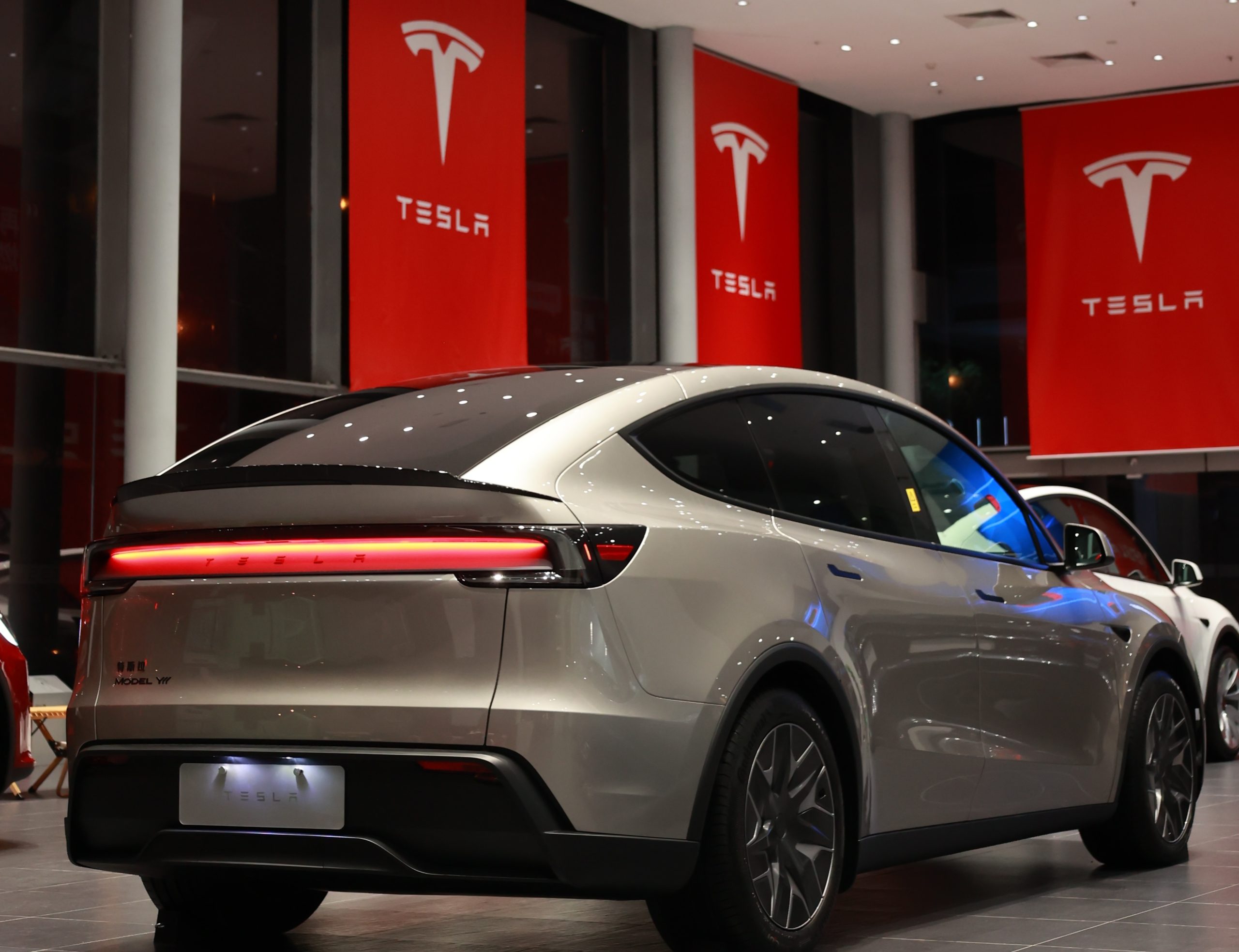
Tesla posted 14,300 insurance registrations in China during the week of September 1–7, a 14.4% increase from the previous week’s 12,500 units.
The figure marks Tesla’s highest weekly performance so far this quarter so far, despite the company’s year-over-year figures still being below 2024’s numbers.
Weekly registrations
The week’s registrations broke down to 5,000 Model 3s and 8,400 Model Ys, including the first 900 units of the newly launched Model Y L variant, as per estimates from industry watchers. On a quarterly basis, Tesla China is tracking 41.3% growth compared to the previous quarter, which bodes well for the company’s results this Q3 2025.
For the month of August, Tesla sold 57,152 vehicles in China, down 9.93% from the same period in 2024 but up 40.7% from July’s 40,617 units, according to the China Passenger Car Association (CPCA). Year-to-date, Tesla’s China sales are 7.2% lower compared to the previous year.
Model Y L first deliveries
The week ending September 7 was the first week that included the newly released Model Y L, a six-seat extended wheelbase version of the company’s best-selling all-electric crossover. Industry watchers estimate that last week, the first 900 units of the Model Y L have been registered, though this number is expected to increase in the coming weeks as deliveries of the vehicle hit their pace.
Citing information from a Tesla store in Beijing, Chinese media outlet Cailianshe stated that the Model Y L has been seeing a lot of interest among car buyers. “(The Model Y L) is selling very well. Since its launch, 120,000 orders have been received, with nearly 10,000 orders placed every day. The first batch of customers began receiving deliveries in the past two days,” a Tesla representative stated.
News
Tesla launches MultiPass to simplify charging at non-Tesla stations
With the new service, Tesla owners can activate charging either through the Tesla app or by using their existing Tesla key card.
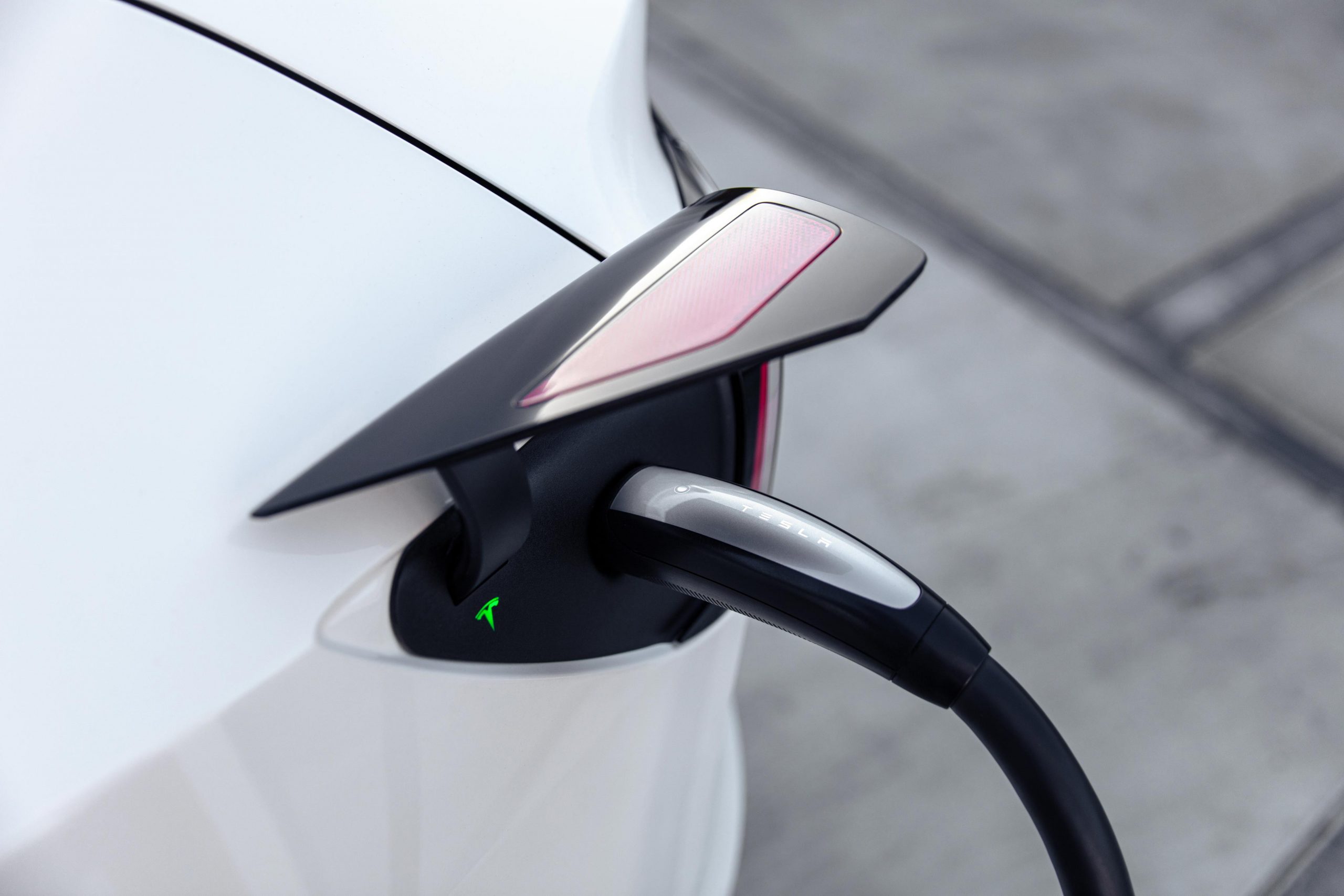
Tesla has introduced MultiPass, a new feature that allows owners to use their Tesla account to charge at non-Tesla charging stations.
The service launched this week in the Netherlands, giving drivers the ability to find chargers, start sessions, and view charging history directly within the Tesla app.
Streamlining third-party charging
With MultiPass, Tesla owners can activate charging either through the Tesla app or by using their existing Tesla key card. This eliminates the need for separate accounts or additional cards from third-party networks. Tesla Charging highlighted the convenience of managing charging sessions in one location in a post on X, while Max de Zegher, Tesla’s Director of Charging for North America, emphasized that the update removes unnecessary friction.
“Nobody likes creating more accounts with payment details and passwords. For charging, this can even mean needing a third-party charging card mailed to your house. Starting in the Netherlands today, your Tesla App and your existing (!) Tesla keycard can start charging at third-party chargers. We’ll expand this to more countries quickly if customers love it. To make ownership effortless, the Tesla App should really be the only thing you need,” the Tesla executive wrote in a post on X.
Third-party payments and a familiar name
Tesla owners could pay for their third-party charging session with their Tesla accounts, as per the electric vehicle maker on its official website. Payments are drafted from users’ default payment method in the Tesla App, though charging costs will still vary depending on the third-party charger that is used.
Interestingly, the MultiPass name also echoes a pop culture reference. In the 1997 sci-fi film The Fifth Element, Leeloo Dallas-505 carried a futuristic “Multipass” smart card that functioned as her ID, passport, and ticket to space travel. Her accented repetition of “Multipass!” became one of the film’s most memorable lines, and it highlighted the card’s all-in-one convenience.
Tesla has not provided a timeline for Multipass’ U.S. rollout, though the service could become an important addition to the growing but often fragmented landscape of DC fast charging.
-

 News2 weeks ago
News2 weeks agoTesla is overhauling its Full Self-Driving subscription for easier access
-
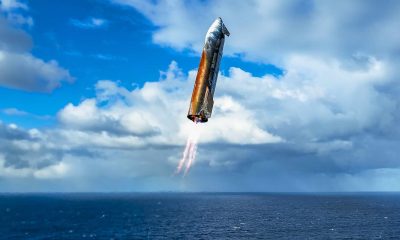
 Elon Musk2 weeks ago
Elon Musk2 weeks agoElon Musk shares unbelievable Starship Flight 10 landing feat
-
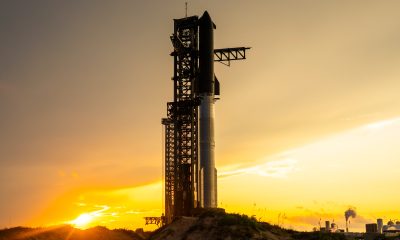
 Elon Musk2 weeks ago
Elon Musk2 weeks agoElon Musk reveals when SpaceX will perform first-ever Starship catch
-
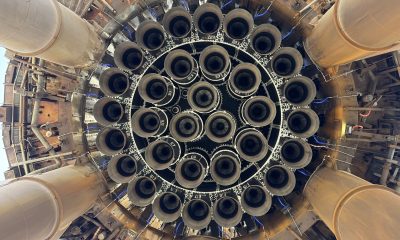
 Elon Musk2 weeks ago
Elon Musk2 weeks agoSpaceX Starship Flight 10 was so successful, it’s breaking the anti-Musk narrative
-
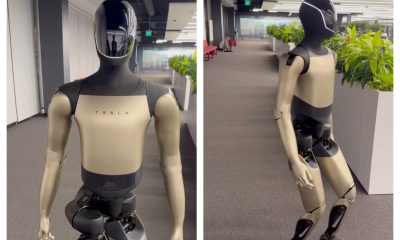
 Elon Musk6 days ago
Elon Musk6 days agoTesla’s next-gen Optimus prototype with Grok revealed
-
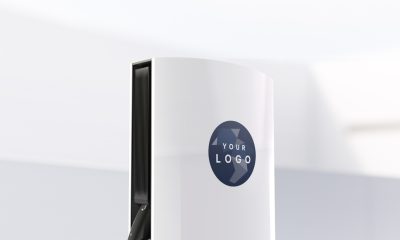
 News3 days ago
News3 days agoTesla launches new Supercharger program that business owners will love
-
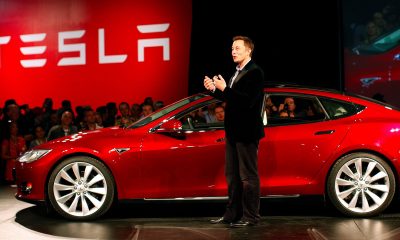
 Elon Musk3 days ago
Elon Musk3 days agoTesla Board takes firm stance on Elon Musk’s political involvement in pay package proxy
-
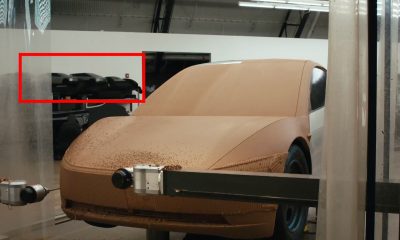
 News1 week ago
News1 week agoTesla appears to be mulling a Cyber SUV design


